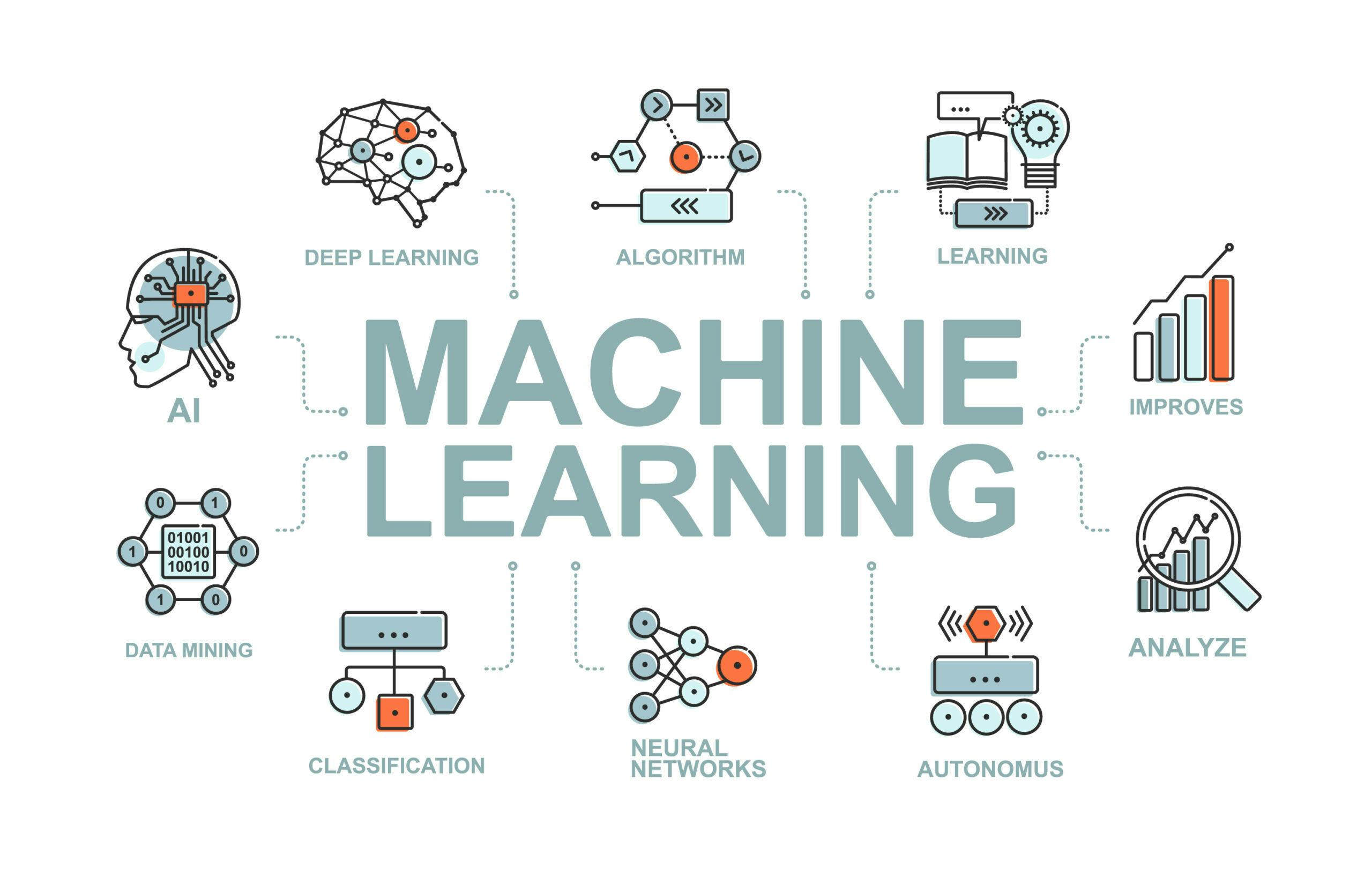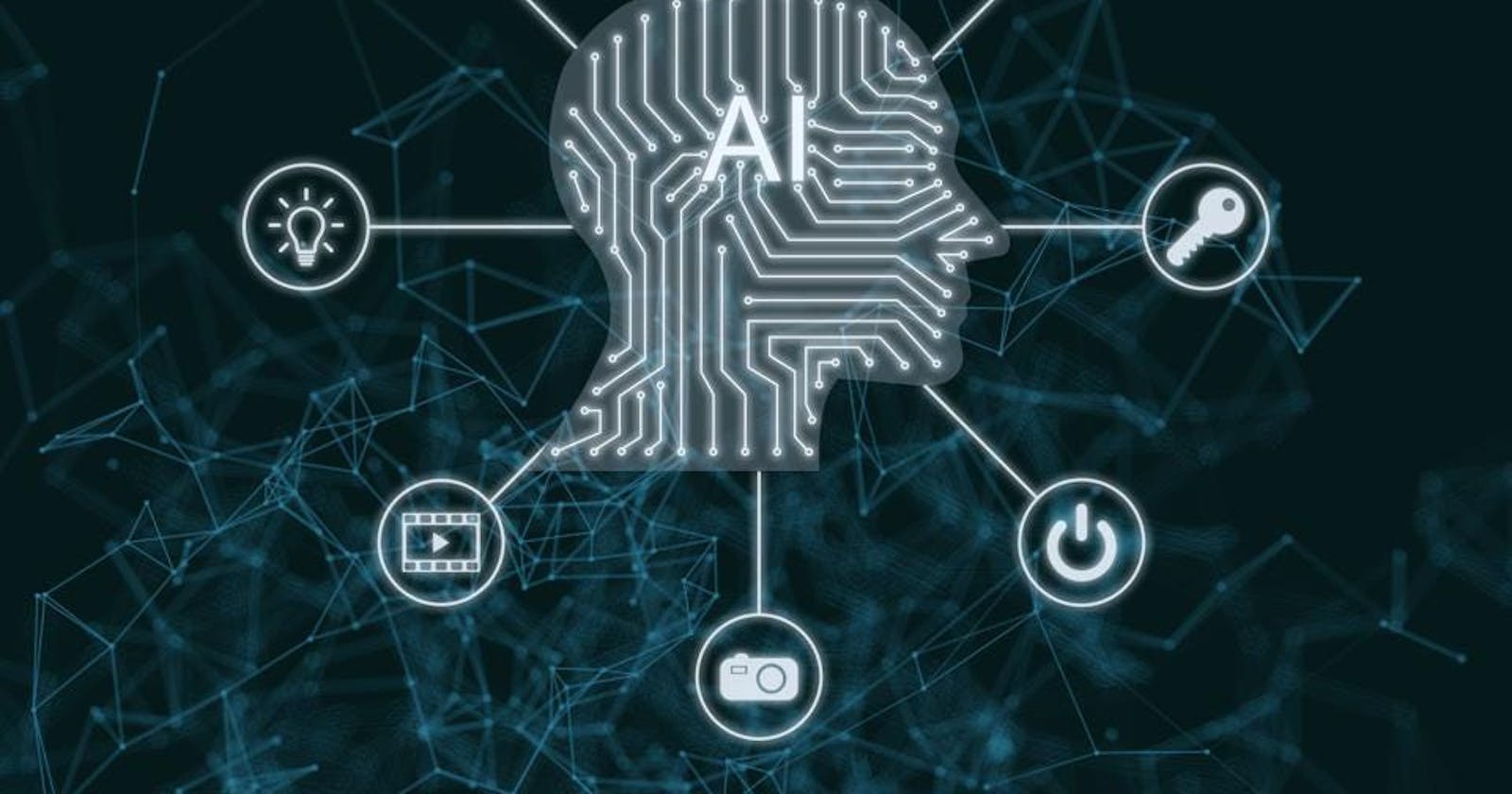 If you are curious about machine learning but have no idea where to start, then this blog is for you. A computer is like a toddler who is beginning to learn. Just like a toddler learns from the surroundings, a computer learns from data sets. This method of teaching the computer how to make accurate predictions when it is fed with data is called Machine Learning.
If you are curious about machine learning but have no idea where to start, then this blog is for you. A computer is like a toddler who is beginning to learn. Just like a toddler learns from the surroundings, a computer learns from data sets. This method of teaching the computer how to make accurate predictions when it is fed with data is called Machine Learning.
Some real-world applications of ML
ML is basically everywhere.
Netflix uses predictive analytics to improve recommendations to its users. ML-powered algorithms analyze the preferences of a user and understand what the user would like to see.
Twitter's Artificial Intelligence evaluates user’s tweets in real-time and rates them according to various metrics and their individual preferences. Ultimately, it all comes down to increasing your usage time, so they choose the tweets most likely to drive engagements.
IBM, one of the oldest tech companies uses an ML-based natural language question and answering system for ensuring they keep up with modern developments.
Types of Machine Learning
Supervised Learning
Supervised learning works with the presence of a supervisor. Basically, supervised learning is when we teach or train the machine using data that is well labeled. Then, the machine is provided with a new dataset so that the supervised learning algorithm learns from the training data and produces a correct outcome from labeled data. Supervised learning is further classified into two categories:
Classification- A supervised learning concept that basically categorizes a set of data into classes. Some examples of classification problems are – Handwriting recognition, Document classification, Face Detection, etc.
Regression- Regression analysis is useful for understanding how the value of the dependent variable changes corresponding to a given independent variable when all other independent variables are held fixed. It predicts continuous values. Some examples of Regression problems are House Price prediction, Medical Cost Prediction, etc.
Unsupervised Learning
Unsupervised learning is the training of a machine using information that is neither classified nor labeled, allowing the algorithm to act on that information without supervision. Some examples are Customer Segmentation, Fraud detection, etc.
Reinforcement Learning
Reinforcement learning is the method of training various machine learning models for making decisions. Reinforcement Learning is used in gaming.
Some Tips
• Some Prerequisites before diving into the field of ML are statistics, calculus, linear algebra, and probability. Basics of Python, R, or some other language.
• Take up a Course/ Book and complete it
• Focus on Practical Application along with theory
• Join Kaggle, the biggest data science community and start working on datasets creating your own solution and then learn from other people’s work.
• Gradually, after you get a hang of the field, you can go on to attend conferences, popular meetups in your area and participate in hackathons. LinkedIn and Kaggle are amazing platforms for networking.
Recommendation of best books and courses
Machine Learning for Absolute Beginners: A Plain English Introduction (Second Edition)” by Oliver Theobald
Machine Learning for Hackers
Hands-On ML With Scikit–Learn, Keras and TensorFlow By Aurelien Geron

